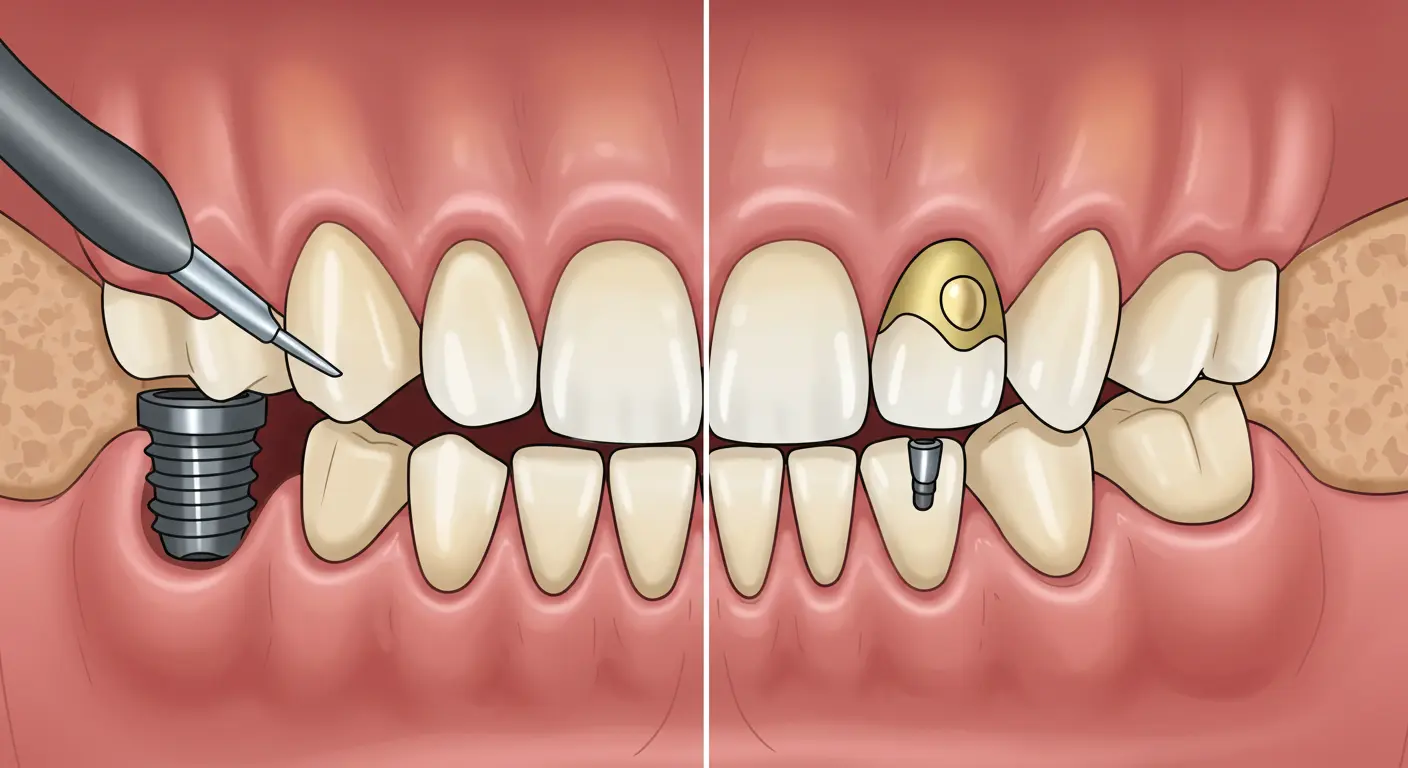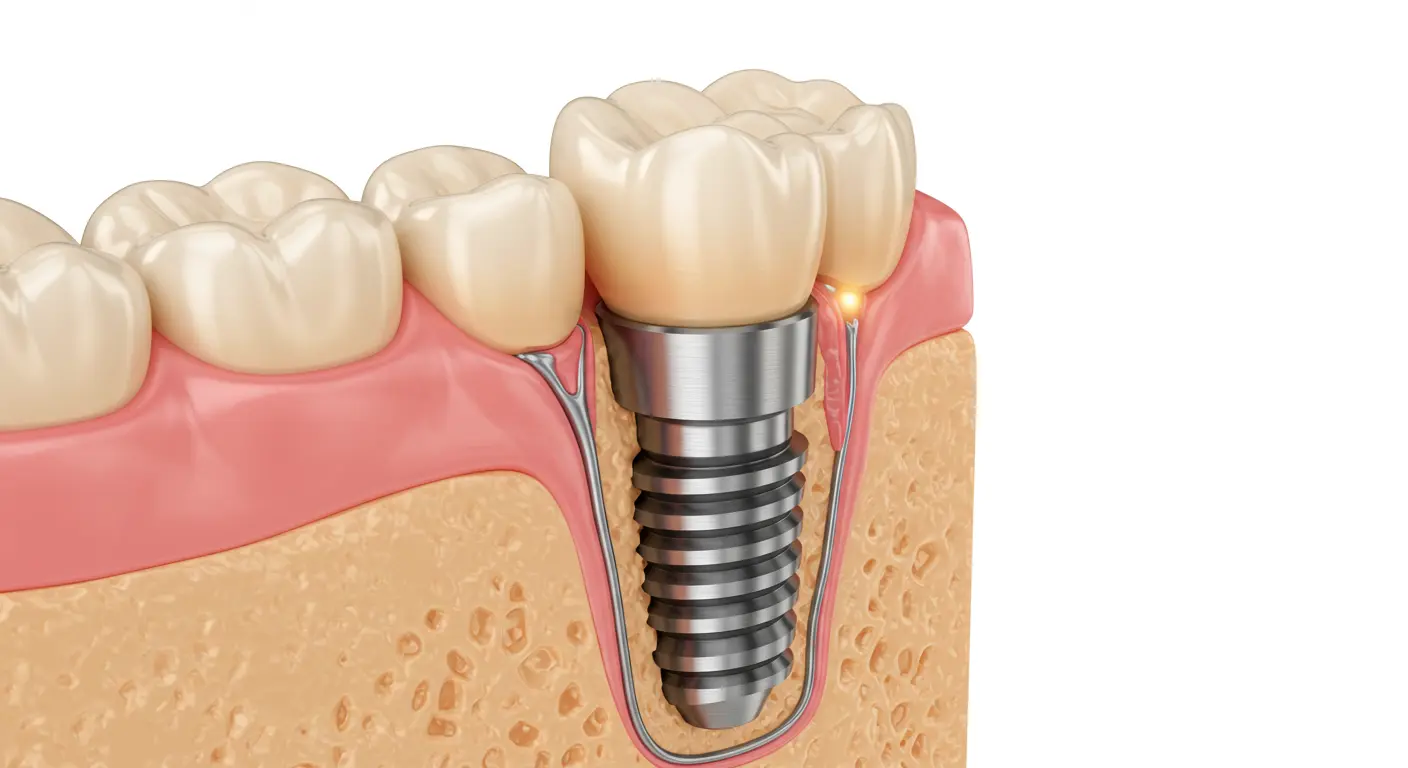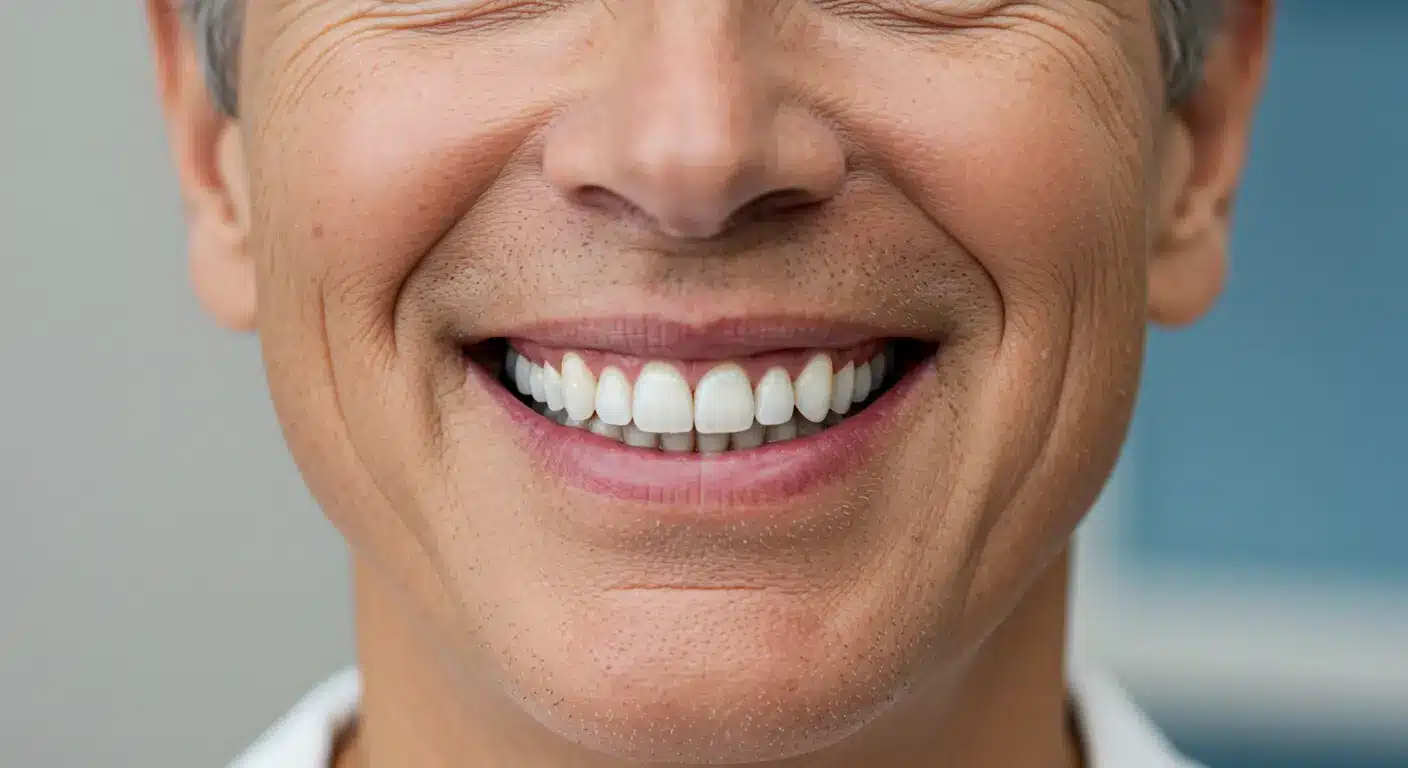Immediate Loading Implants Success Rates: A Comprehensive Review
The field of dental implantology has witnessed remarkable advancements, particularly in the realm of immediate loading protocols. Driven by patient demand for quicker solutions to tooth loss, immediate loading involves the placement of a dental prosthesis on implants shortly after their surgical insertion, often within 48 hours. This approach contrasts sharply with traditional delayed loading, which necessitates a healing period of several months to allow for osseointegration before any load is applied. While the advantages of immediate loading, such as reduced treatment time and immediate aesthetic and functional improvement, are evident, the primary concern for both patients and practitioners centers on the long-term success and reliability of these implants. A thorough understanding of the success rates, grounded in robust scientific evidence, is therefore paramount for informed decision-making in contemporary dental practice.
Immediate loading dental implants represent a streamlined approach to restoring missing teeth. In this procedure, dental implants, typically root-form titanium endosseous implants, are surgically placed into the jawbone, frequently immediately following the extraction of a compromised tooth. What distinguishes this technique is the subsequent connection of a dental prosthesis – which can be a crown, bridge, or denture – to the implant within a very short period, usually within 48 hours or up to one week after implant placement. This immediacy contrasts with the conventional delayed loading method, where a healing period of 3 to 6 months is observed to allow for osseointegration, the direct and stable connection between the implant surface and the surrounding bone. The historical progression from delayed to immediate loading reflects significant strides in implant technology and a refined understanding of bone healing under controlled loading conditions. Notably, the development of rough-surface implants played a crucial role in enhancing osseointegration and making immediate loading more predictable. It is also important to differentiate between immediate functional loading, where the placed prosthesis is in occlusion with the opposing teeth, enabling immediate chewing function, and immediate non-functional loading, or immediate provisionalization, where a temporary restoration is attached but kept out of occlusal contact to minimize stress on the healing implant. The success of immediate loading is fundamentally linked to achieving sufficient primary stability at the time of implant placement, which allows the implant to withstand immediate forces without micromovement that could impede osseointegration. The demand for faster treatment and immediate aesthetic results has been a significant driving force behind the evolution and increasing adoption of immediate loading techniques in modern dentistry.
An early yet influential systematic review by Mischkowski et al. (2006) analyzed data from 71 articles, encompassing over 10,000 immediately loaded implants, and reported an overall implant survival rate of 96.39% with a maximum follow-up of 13 years. This review indicated that the majority of implant failures (97.1%) occurred within the first 12 months of loading, suggesting that the initial period is critical for the long-term success of immediately loaded implants. More recently, a meta-analysis by Tristán-López et al. (2024) compared immediate and delayed implant placement and found no significant difference in overall survival rates (97.4% vs. 97.5%). However, their detailed analysis showed a tendency for slightly more implant failures in the immediate placement group in some studies, with survival rates ranging between 90% and 95%, compared to over 95% in the delayed placement group. Another meta-analysis by Sghaireen et al. (2022) reported a high survival rate of 97% for immediate implants. Interestingly, this study also noted a higher incidence of both early (threefold) and delayed (twofold) complications associated with immediate implants compared to delayed ones. A large-scale study by Chuang et al. (2015), referenced in , which included 4519 implants, demonstrated an overall survival rate of 98.5% for implants placed immediately following tooth extraction. Furthermore, numerous long-term studies with follow-up periods of 5 to 10 years have consistently reported high cumulative survival rates for immediately loaded implants placed in extraction sites, ranging from 97% to 100%. It is important to acknowledge that the reported success rates can vary across different studies due to variations in study design, patient selection criteria, follow-up durations, the types of implant systems used, the locations of the implants, and even the definition of “success” itself, which can encompass implant survival, prosthetic success, and patient satisfaction. Nevertheless, the preponderance of evidence indicates that immediate loading can be a highly successful treatment modality.
Multiple meta-analyses have directly compared the success rates of immediate and delayed loading dental implants, with a notable finding being the general lack of a statistically significant difference in overall implant survival rates between the two approaches. For instance, the meta-analysis by Tristán-López et al reported a risk ratio of 0.99 (95% CI 0.96, 1.02), indicating no significant difference in survival between immediate (97.4%) and delayed (97.5%) placement. Similarly, other meta-analyses have corroborated these findings, suggesting that overall survival is comparable between the two loading protocols. However, some detailed analyses have indicated a trend towards a slightly higher survival rate with delayed placement in specific patient groups or complex clinical situations. Conversely, a study mentioned in indicated a slightly higher success-survival rate with immediate loading compared to delayed loading, although delayed loading was associated with less peri-implant bone loss. It is also worth noting the finding from Sghaireen et al that immediate implants might be associated with a higher risk of early complications. Despite these nuances, long-term studies often reveal a convergence in survival rates, suggesting that if initial osseointegration is achieved in immediately loaded implants, their long-term prognosis can be similar to that of delayed loaded implants. The decision between immediate and delayed loading should therefore be based on a comprehensive assessment of various patient-specific and clinical factors rather than solely on a perceived difference in overall survival rates, which the current evidence suggests are largely comparable.
Comparison of Immediate vs. Delayed Loading Survival Rates from Selected Studies
| Study (Year) | Study Design | Follow-up Period | Immediate Loading Survival Rate (%) | Delayed Loading Survival Rate (%) | p-value | Notes |
| Bömicke et al. (2017) | Randomized controlled trial | 3 years | 94.7 | 100 | Not reported | Posterior mandible |
| Cucchi et al. (2017) | Randomized controlled trial | 1-3 years | 95.9 | 100 | Not reported | Posterior maxilla and mandible |
| Esposito et al. (2015) | Randomized controlled trial | 1 year | 96.3 | 100 | Not reported | Maxillary premolar to premolar |
| Hakobyan et al. (2020) | Non-randomized comparative study | 5 years | 97.8 | 98.1 | Not reported | Various sites |
| Han et al. (2016) | Prospective cohort study | 1 year | 100 | 96.9 | Not reported | Mostly posterior mandible |
| S. Raes et al. (2018) | Prospective cohort study | 8-10 years | 93.8 | 100 | Not reported | Anterior maxilla |
| Tonetti et al. (2017) | Randomized controlled trial | 1 year | 98.3 | 100 | Not reported | Anterior and premolar regions |
| Woods et al. (2019) | Retrospective cohort study | 2-140 months | 97.4 | 90.5 | Not reported | Mandibular and maxillary regions |
| Slagter et al. (2016) | Randomized controlled trial | 1 year | 100 | 100 | Not reported | Aesthetic zone |
| Malchiodi et al. (2016) | Randomized controlled trial | 1 year | 100 | 100 | Not reported | Maxillary and mandibular premolar and molar sites |
| Meijer et al | Not specified | 1 year | 73.3 | Not specified | Not specified | Molar site |
| Retrospective study | 1 year | 90.3 | 95.5 | < 0.01 | Various locations | |
| Meta-analysis | Mean 32.27 months | 98.5 | 98.9 | 0.48 | Various locations | |
| Meta-analysis | Not specified | 97.4 | 97.5 | 0.45 | Various locations | |
| Randomized controlled trial | 5 years | 100 | 95.8 | Not significant | Maxillary aesthetic zone, single crowns |
The success of immediate loading dental implants is influenced by a multitude of interconnected factors. Among the most critical is the quality and density of the host bone. Adequate bone density, often assessed using the Lekholm and Zarb classification, is essential for achieving the necessary primary stability. Higher bone density types (I and II) generally provide better initial implant stability and contribute to improved success rates. The location of the implant within the jaw also plays a significant role. Implants placed in the anterior mandible, characterized by denser bone, tend to exhibit higher survival rates compared to those placed in the posterior maxilla, which typically has lower bone density and is subjected to greater occlusal forces. Achieving sufficient primary stability at the time of implant placement is paramount for immediate loading. This initial mechanical interlocking between the implant and the bone is often quantified by insertion torque values, with 30-40 Ncm or higher generally considered favorable, and Implant Stability Quotient (ISQ) values above 65. The characteristics of the implant surface also significantly impact osseointegration and survival rates. Rough-surface implants have consistently demonstrated higher success rates compared to machined surfaces across various types of reconstructions, including immediate loading. Strict patient selection criteria are crucial to minimize the risk of failure. Factors such as uncontrolled systemic diseases (e.g., diabetes), smoking, parafunctional habits like bruxism, and poor oral hygiene can negatively affect the outcome. Pre-existing conditions like periodontitis and osteoporosis can also increase the risk of implant failure. The surgical technique employed and the experience of the clinician are also vital for success. Atraumatic extraction, precise implant placement, and adherence to established protocols are essential. The type of prosthetic restoration supported by the implant can also influence success rates. Immediate loading has shown predictable outcomes for mandibular overdentures and maxillary single crowns. For full-arch restorations, strategies like All-on-4 and All-on-6, which involve strategic implant angulation and splinting, are often employed. Finally, careful management of occlusal loading and biomechanics is necessary to prevent implant overload and micromovement during the critical initial healing phase. The interplay of these factors underscores the complexity of immediate loading and the need for comprehensive treatment planning.
The survival rates of immediately loaded dental implants have been evaluated across various timeframes, consistently demonstrating favorable outcomes. At 1 year post-loading, survival rates are generally high, often ranging from 90% to 100%. For example, a study mentioned in reported survival rates of approximately 95-98% at 6 months to 2 years follow-up, while another study found a 1-year survival rate of 90.3% for immediately loaded implants. In contrast, a different study in the maxillary aesthetic zone showed a 100% survival rate at 1 year. Moving to 3-year follow-up periods, survival rates remain robust. A study by Nedir et al reported an 85% survival rate for immediately loaded implants in a specific context, while Barone et al found a 100% success rate at 4 years. A broader analysis indicated no significant difference in survival between immediate and delayed loading at a mean follow-up of 32.27 months. 5-year survival rates and beyond further solidify the long-term viability of immediate loading. Kontogiorgos et al reported a 100% survival rate for immediately loaded single crowns in the maxillary aesthetic zone at 5 years. Long-term studies, as mentioned in and , have reported cumulative survival rates between 97% and 100% for immediately loaded implants in extraction sites with 5-10 years of follow-up.
Immediate Loading Implant Survival Rates at 1, 3, and 5 Years (Selected Studies)
| Study (Year) | Follow-up Period | Survival Rate (%) | Notes |
| Meijer et al | 1 year | 73.3 | Molar site |
| 1 year | 90.3 | Various locations | |
| ~2.7 years (mean 32.27 months) | 98.5 | Various locations | |
| 5 years | 100 | Maxillary aesthetic zone, single crowns | |
| ~3.3 years (mean 39.8 months) | 85 | Increased sink depth | |
| 4 years | 100 | Single implants | |
| 5-10 years | 97-100 | Extraction sites | |
| 5-10 years | 97-100 | Extraction sites |
While immediate loading offers numerous benefits, it is associated with certain potential complications. One of the primary concerns is the higher risk of early failure if adequate primary stability is not achieved. Micromovement of the implant before osseointegration can disrupt the bone-to-implant interface and lead to failure. Some studies have reported slightly higher marginal bone loss around immediately loaded implants compared to those loaded conventionally, although others have found no significant difference. In the aesthetic zone, immediate loading can sometimes result in soft tissue recession and compromised aesthetic outcomes, particularly in patients with a thin gingival biotype or when implant placement is not optimal. There might also be a potentially increased risk of infection in immediate loading scenarios, especially if primary stability is questionable or if post-operative instructions are not strictly followed. In contrast, delayed loading is typically associated with complications like longer treatment duration and the need for temporary removable prostheses.
Potential Complications: Immediate vs. Delayed Loading
| Complication | Immediate Loading | Delayed Loading |
| Early Failure | Higher risk if primary stability is insufficient | Lower risk due to undisturbed healing period |
| Marginal Bone Loss | Some studies report slightly higher loss | Generally less bone loss reported |
| Soft Tissue Recession/Aesthetics | Higher risk, especially in aesthetic zone | Lower risk, but soft tissue changes can still occur |
| Infection | Potentially higher risk in some cases | Generally lower risk |
| Treatment Time | Shorter overall treatment time | Longer overall treatment time |
| Temporary Prosthesis | Often avoided | May require temporary removable prosthesis |
Advancements in implant technology have significantly contributed to the success of immediate loading. Specific implant design features, such as aggressive thread patterns and tapered geometries, are engineered to enhance primary stability, making immediate loading more predictable. Advanced surface technologies, like SLA and hydrophilic surfaces (e.g., SLActive, TiUnite), promote faster and more reliable osseointegration, which is crucial when implants are loaded early. Several reputable implant brands have demonstrated strong success with immediate loading protocols. Straumann, including their Neodent line, is known for implants with advanced surface technologies that accelerate osseointegration. Nobel Biocare, particularly with their NobelActive implants, offers designs that provide high primary stability, making them suitable for immediate loading. MegaGen, with their AnyRidge system, features a unique thread design that enhances stability even in challenging bone conditions. While titanium remains the primary material, ongoing research explores the use of advanced titanium alloys and ceramics like zirconia in immediate loading applications. The choice of an implant system with a strong evidence base and features specifically designed for primary stability and rapid osseointegration is crucial for maximizing the success of immediate loading, especially in complex cases.
Patients receiving immediately loaded implants often report significant improvements in their oral health-related quality of life (OHRQoL) due to the rapid restoration of function and aesthetics. The immediate provision of a functional or aesthetic restoration can have a positive impact on psychological well-being and self-confidence. Studies have shown high levels of patient satisfaction with immediate loading, particularly concerning the immediate aesthetic enhancement and the convenience of a shorter treatment timeline with fewer appointments. While direct comparisons of patient satisfaction between immediate and delayed loading are not always conclusive, the faster treatment offered by immediate loading is often a preferred aspect for patients. Factors such as clear communication about the procedure, realistic expectations regarding outcomes, and the clinician’s expertise play a crucial role in influencing patient satisfaction. Patient-reported outcome measures (PROMs) like OHIP-EDENT and PDA are used to systematically assess the impact of immediate loading on patients’ lives.
In conclusion, immediate loading dental implants have demonstrated high success rates, often comparable to traditional delayed loading, when performed with careful patient selection, meticulous surgical technique, and the use of appropriate implant systems and materials. The critical importance of achieving adequate primary stability cannot be overstated, and thorough patient evaluation, including assessment of bone quality and density, systemic health, and risk factors, is essential for predictable outcomes. While immediate loading offers significant benefits such as reduced treatment time and immediate functional and aesthetic improvements, clinicians must be mindful of the potential for early complications if strict protocols are not followed. The expertise of the clinician plays a vital role in minimizing risks and maximizing the success of these procedures. Ongoing advancements in implant technology continue to refine and improve the outcomes of immediate loading, making it a reliable and effective treatment option for appropriately selected patients seeking a faster path to restoring their smile and oral function. The evidence strongly supports the viability of immediate loading implants when these principles are diligently applied.









